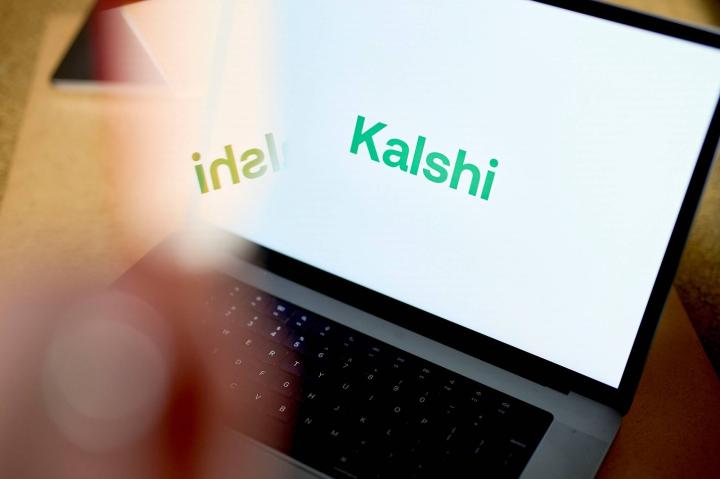 DeFi returns to its golden age, TVL reaches 170 billion USD. Photo: CryptoSlate
DeFi returns to its golden age, TVL reaches 170 billion USD. Photo: CryptoSlate
After three years of rebuilding following Terra’s historic crash , the decentralized finance ( DeFi ) sector has officially recovered to its pre-disaster Capital levels in 2022. The total value locked ( TVL ) in DeFi protocols has hit $170 billion , wiping out the losses incurred when the LUNA/UST ecosystem collapsed.
 TVL of the DeFi sector from 2018 to present. Source: DeFi LIama (September 19, 2025)
TVL of the DeFi sector from 2018 to present. Source: DeFi LIama (September 19, 2025)
DeFi Revival
- The Terra event once blew away 100 billion USD TVL overnight, when many large funds - including Three Arrows Capital (which later went bankrupt) - poured money into Algorithmic Stablecoin promising interest rates of up to 20%. This became one of the biggest scandals in crypto history, the "too good to be true" profits quickly collapsed, causing a domino effect of bad debt across the industry.
- Since then, DeFi has changed significantly. Interest rates have been brought to more reasonable levels. Lending protocol AAVE now pays 5.2% for stablecoins, Ether.fi (reStaking ) is at 11%, and ETH Staking rewards have dropped to just 3.5-4% (from ~20% in 2021), reflecting a healthier market.
- If the 2021-2022 Bull market period witnessed hot growth of DeFi (TVL from 16 billion USD to 202 billion USD in just over a year), the current cycle is moving in a "slow but steady" direction, from 42 billion USD (October 2022) to 170 billion USD (September 2025).
Ethereum still holds the throne
- Ethereum currently accounts for 59% of total TVL, continuing to dominate DeFi. However, new blockchains are also gradually asserting their position. Base , HyperLiquid and Sui have attracted more than 10.1 billion USD TVL, accounting for 6%.
- Solana and BNB Chain rose strongly thanks to the memecoin wave, bringing these two blockchains to the second and third place - respectively at 12.8 billion USD and 7.9 billion USD.
 TVL DeFi by chain. Source: DeFi LIama (September 19, 2025)
TVL DeFi by chain. Source: DeFi LIama (September 19, 2025)
- Another big change is institutional money . Instead of choosing familiar Liquid Staking products like Lido , many organizations are turning to specialized Staking solutions like Figment. At the same time, they are also applying advanced security tools: MPC (Multi-Party Computation) wallets, AI monitoring, and even decentralized insurance like Nexus Mutual. This shows that institutional money is not only bringing Capital but also bringing traditional finance risk management standards into DeFi.
New growth drivers
- Stablecoins now account for 40% of total DeFi TVL, with the number of active wallets increasing by more than 53% in the past year alone. Notably, this demand is not only coming from the US or Europe, but is exploding in emerging regions such as Latin America, APAC and sub-Saharan Africa.
- This proves that DeFi not only recovers in terms of Capital scale, but also expands practical applications: from remittances, savings, to cross-border payments. This can become a long-term growth driver for the industry, along with speculative cash flow.
- Despite its strong recovery, DeFi still faces serious security risks. In the first half of 2025 alone, investors lost $2.5 billion due to attacks, scams, and Rug Pull. Worryingly, 80% of the losses came from phishing and wallet hacks, which are more human factors than smart contract errors.
- Unlike traditional finance, crypto has no insurance or bailout mechanism. Losing a private key, being hacked or phished means losing everything, and there is no “call center” to call for help.
Conditions for entering the new era
- To become a true alternative to traditional finance, DeFi needs to focus exclusively on security and attack prevention . In addition, the emergence of a clearer legal framework - from the US CLARITY Act, EU MiCA to regulations on multi chain security - will be key to elevating the industry.
- If it can be done, DeFi can enter a new era, maintaining its growth appeal while being safe enough to attract institutional Capital and mainstream money. On the contrary, just one more large-scale crash can completely plunge the market into another "cold winter".
- DeFi is back to its pre- Terra“golden age”, but with more mature platforms, more institutional money, expansion into emerging markets and stablecoins, and pressure to raise security standards. However, the industry still walks a thin line, either becoming a global alternative financial system, or just one more security shock and falling back into the same old collapse spiral.
Coin68 synthesis






